Blood Cancer or Leukemia
Its types, causes, symptoms, diagnosis and treatment
What is Blood Cancer or Leukemia?
Leukemia is the cancer of early blood-forming cells. Leukemia cells spread in blood and lymph nodes quickly and reach every part of the body including brain and spine (central nervous system).
Most cases of leukemia begin at bone marrow (soft inner part of the bone) and are usually related to early white blood cells, but leukemia may start in other early blood cell types too.
Another type of cancer that can affect the white blood cells largely is lymphoma. Unlike leukemia, lymphoma mainly affects the lymphatic system (lymph nodes) and may or may not involve bone marrow. Sometimes, the bone marrow and the lymph nodes both may be involved.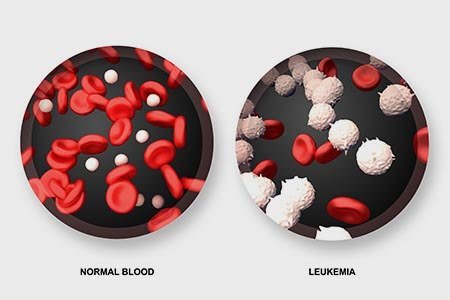

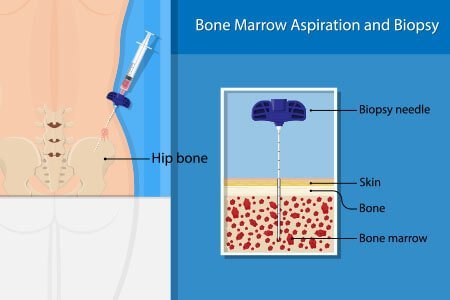

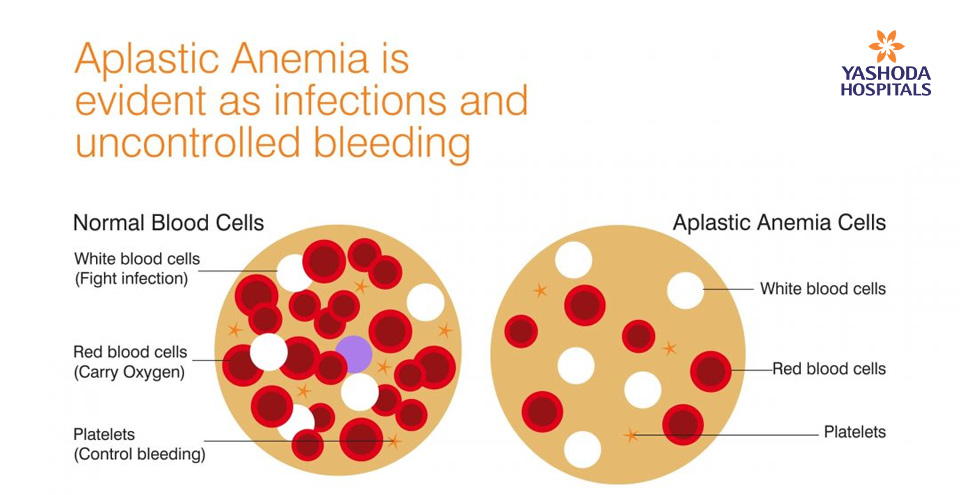
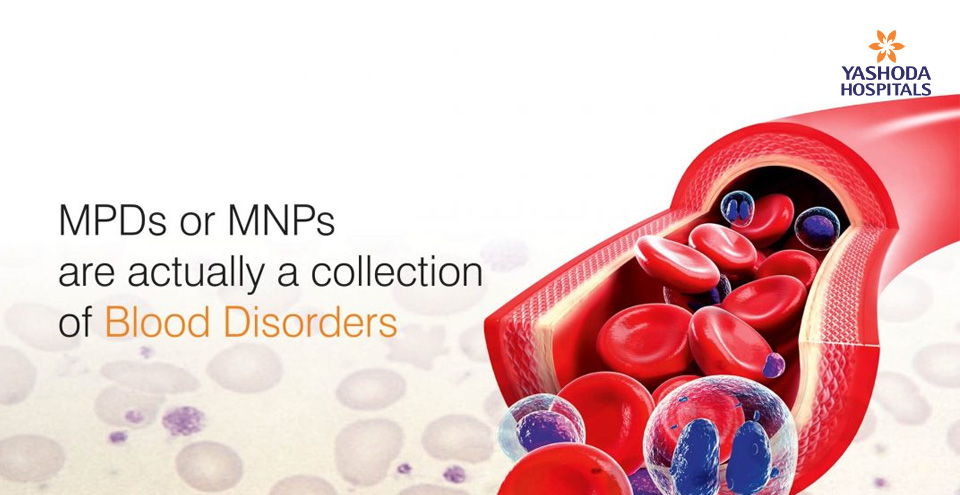
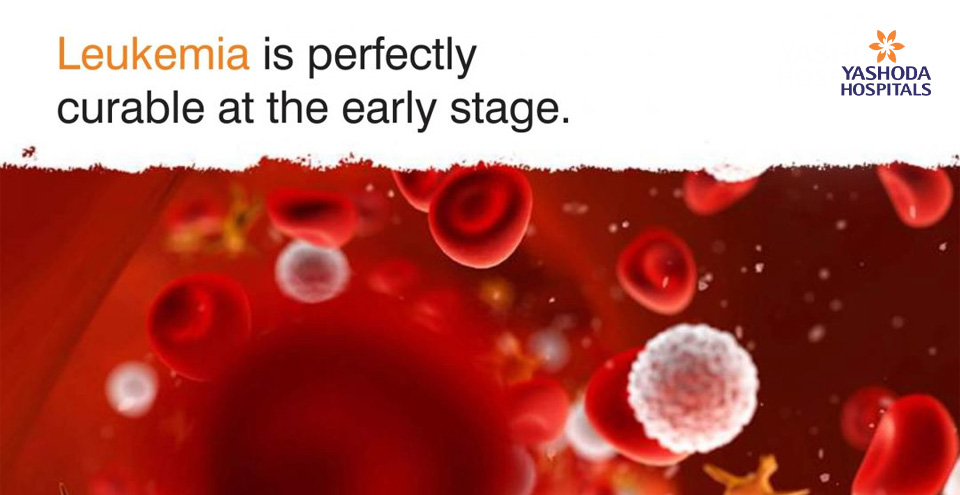
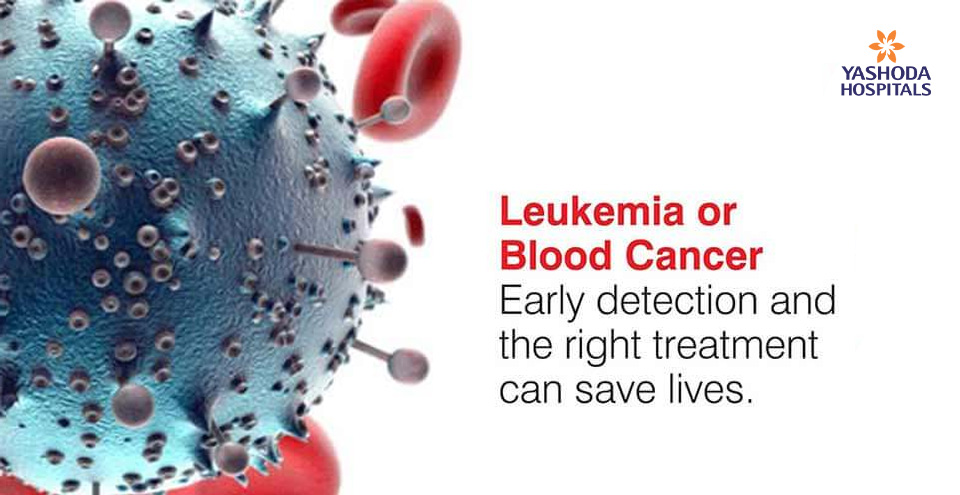
 Appointment
Appointment WhatsApp
WhatsApp Call
Call More
More

